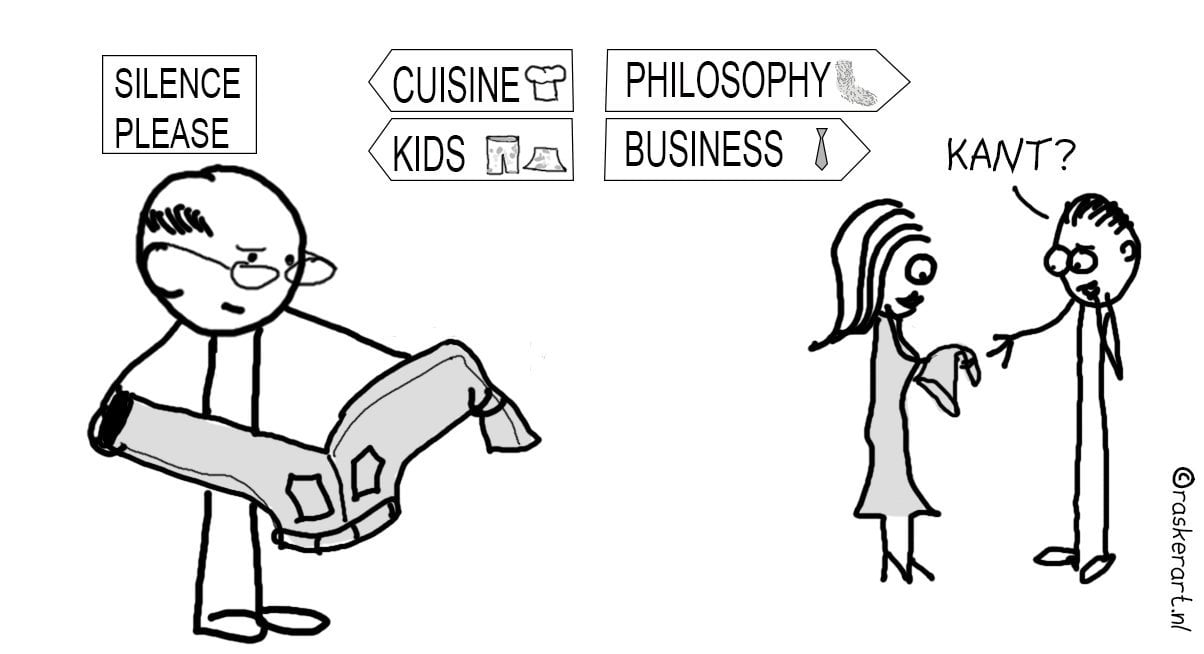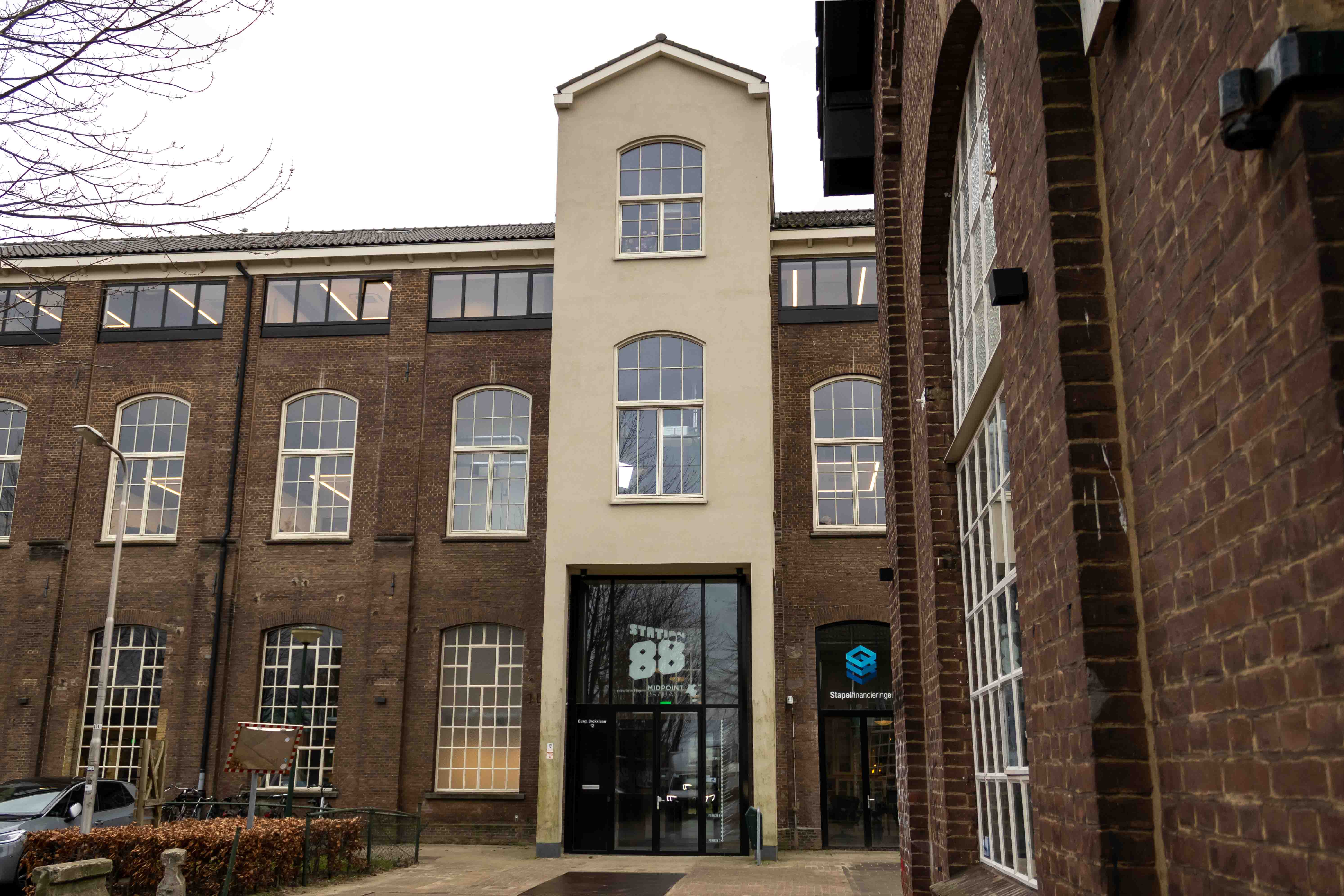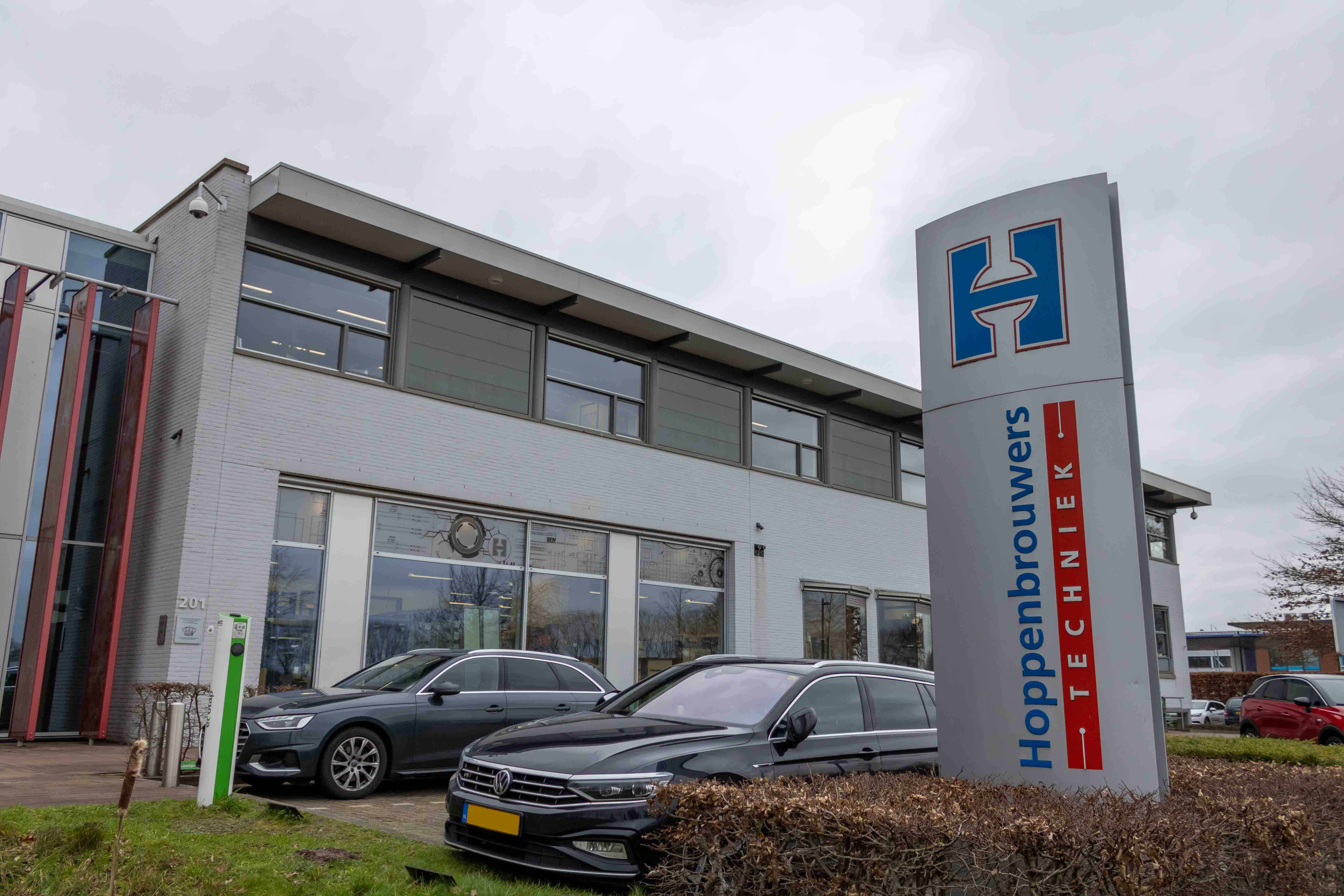
Earth Overshoot Day fell on July the 29th this year. On that day, we had used up all the natural resources for this year that the earth is capable of providing in a single year. That means that from this day on, we are living off our planet’s reserves. As of now, 1.7 earths are needed in order to be able to replace everything we use. And if everyone would live like the average Dutch person, you would then need about 3.5 earths. In other words, it doesn’t look good. You can compensate for this by taking a shorter shower, grabbing your bike more often or by buying less products packaged in plastic.
Many scientists see cultured meat as a solution to the greenhouse gas problem caused by livestock. In theory, it should be possible to grow ten thousand kilos of cultured meat using just one cell. In his column last week, Auke Hoekstra discussed how cultured meat could make the earth a more wonderful place. It was our best read story of the week. Unfortunately for Hoekstra (and the rest of us), it is unlikely that we will be eating a leg of cultured lamb at Christmas next year. The best alternative at the moment is to just avoid meat. And if you really want to make an impact, you shouldn’t fly anywhere or go on winter sports anymore. You shouldn’t have children, you should sell your car and you could stop buying imported products.
The list of climatic sins is just getting longer. The latest addition: a bunch of flowers. The Dutch conservation group Milieu Centraal looked at the CO2 emissions from 19 types of cut flowers.They then sorted them by each month of the year. In doing this, the organization wants to provide insight into when you could buy certain flowers with a clear conscience. And how did that turn out? Approximately 33 % of the flowers surveyed are out of the question for climate-conscious citizens whatever the season. Producing a bunch of these flowers emits more than 4 kilos of CO2. This is even more than the 3.4 kilos of CO2 that a 100 gram beef steak produces.
Strictly abstaining from everything on the blacklist probably won’t really make your life any better. Innovation Origins likes to take a more constructive approach and is looking for alternatives that won’t make you feel guilty right off the bat. What can you do to live in a more climate-neutral way?
Maybe you’re already doing a good job. Check that here and calculate when Earth Overshoot Day would fall if everyone were to live like you.
No guilt-mongering
Marieke Reisinger, spokesperson for climate and mobility at Milieu Centraal explains that their figures are not intended to make people feel guilty. “We don’t want to point the finger all the time, that’s counter-productive. Nobody would listen to that. We just want to make it clear to people what they can do to live more consciously. It makes a big difference whether you put roses from Kenya on the table every weekend or get them from the Netherlands.”
The average Dutch person buys six pairs of shoes and about twenty new items of clothing every year. Just by buying three pieces of clothing less, you save about 57 kg of CO2 per year. (For your information: an average Dutch household emits 20.2 tons of CO2 per year. Clothing makes up 5 % of that total. According to data from Milieu Centraal). But what if you don’t want to live without all that new stuff yet still want to live more consciously? A good alternative to new clothes is a clothes library. Here you can ‘borrow’ clothes for a fixed amount per month. As a result, clothes are worn for a longer period of time and are less likely to end up in the wastebasket or an old closet. Production levels can be reduced because you don’t have to buy new clothes. That saves on CO2 emissions.
Suzanne Smulders from Lena Library, a clothes library in Amsterdam, reckons that the library will have saved on production of about 30,000 garments by the end of this year. “We’ve been keeping track of that since it was founded five years ago. Each pair of trousers borrowed by a member does not have to be bought. That saves on production. The average member borrows two items of clothing each month. However, we also have people who come by for special occasions.” All those trousers, dresses or jackets account for 20,000 kg of CO2 and 16 million liters of water. ” We have based our calculations on an average weight per garment and percentage of fabric. Otherwise, it wouldn’t be possible to make that sum.”

From conscious laundry to sustainable nutrition
What is more important to Smulders is that when people borrow clothes, they become more aware of other things. This is done in a few steps at a time, she explains. “That can start with how you do your laundry. You care about your clothes and want them to last as long as possible. But effective washing also saves water and energy. Since you are aware of this, it takes less effort to focus on your food or amount of waste, for example. Members also point out that they are more conscientious when buying stuff.”
The collection includes not only vintage looks that have been around for about 25 years, but also new items from young designers. They take quality and durability into account at the library. “The clothing from the sixties and seventies is made with qualitatively better fabrics than is currently the case with mass production. The finishing touches are incredibly meticulous. This means that you are still able to wear these clothes today.”
And does Smulders check where young designers get their fabrics from? “You can look at all kinds of aspects of sustainability. For instance, what kind of factory does the fabric come from? How is it made? Good fabrics are a big investment for young designers. We think it’s important that they do their production locally. And minimize residual waste by making good use of fabrics. This clothing is also sustainable because it is of good quality, which means that it will last longer. This also makes a difference when it comes to production.”







